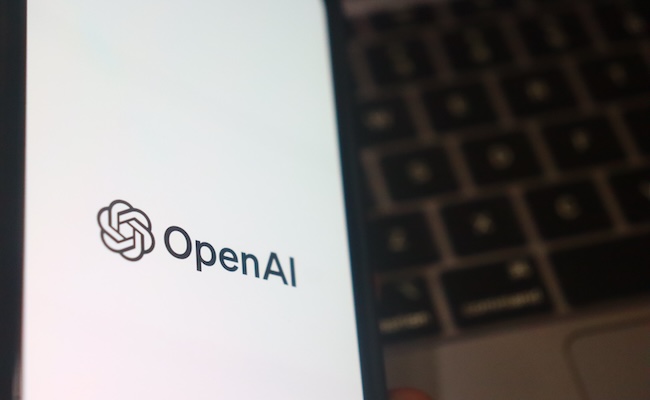OpenAI revealed plans to launch an open-weight language model in coming months as the company seeks to increase engagement with developers while balancing concerns around safety and accessibility.
The move marks a shift from the ChatGPT-maker’s closed-source approach. Unlike open-source models, which provide full access to source code and training data, open-weight models make only the trained parameters, dubbed weights, available. This allows developers to experiment with and refine the AI model’s capabilities while keeping foundational codes under OpenAI’s control.
CEO Sam Altman announced the launch in a post on X, stating: “We’re excited to see what developers build and how large companies and governments use it where they prefer to run a model themselves.”
The move marks OpenAI’s first open-weight language model since the release of GPT-2 in 2019.
The company also plans to host a series of developer events to demo prototypes and gather feedback before finalising the model’s development. The first of these events will take place in San Francisco in the coming weeks, with additional sessions planned in Europe and the Asia-Pacific region.
Biblical demand
The announcement follows an explosion in ChatGPT’s popularity earlier this week, as OpenAI’s chatbot apparently added 1 million users in the span of an hour for its GPT-4o model. Altman revealed the ‘biblical demand’ for the chatbot’s latest features on X, including new image-generation capabilities that allow users to create and edit images directly within the chatbot.
A popular use of the feature has seen users generating images in the style of Japanese animation company Studio Ghibli, with thousands of AI-generated artworks flooding social media. The overwhelming demand led OpenAI to introduce temporary limits on image generation. Altman noted the company’s GPU resources were under strain and that rate limits were necessary to ensure stable performance while the company works on improving efficiency.
